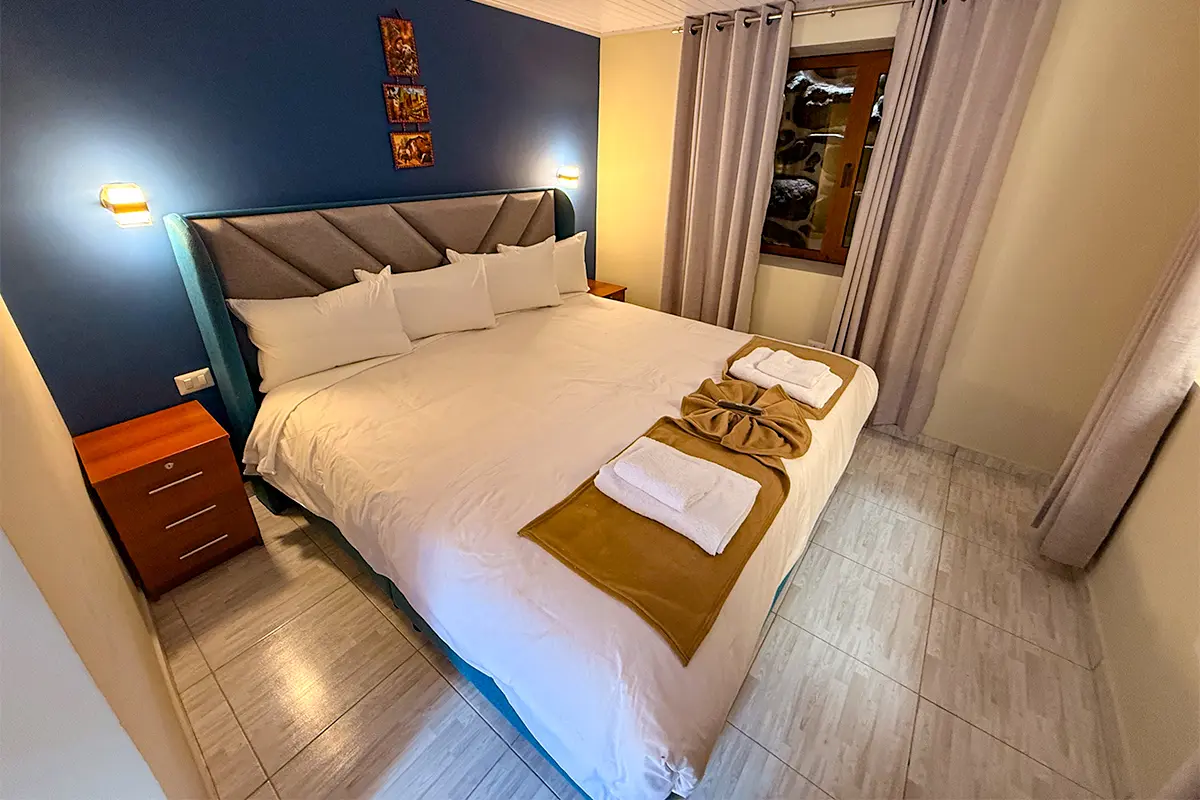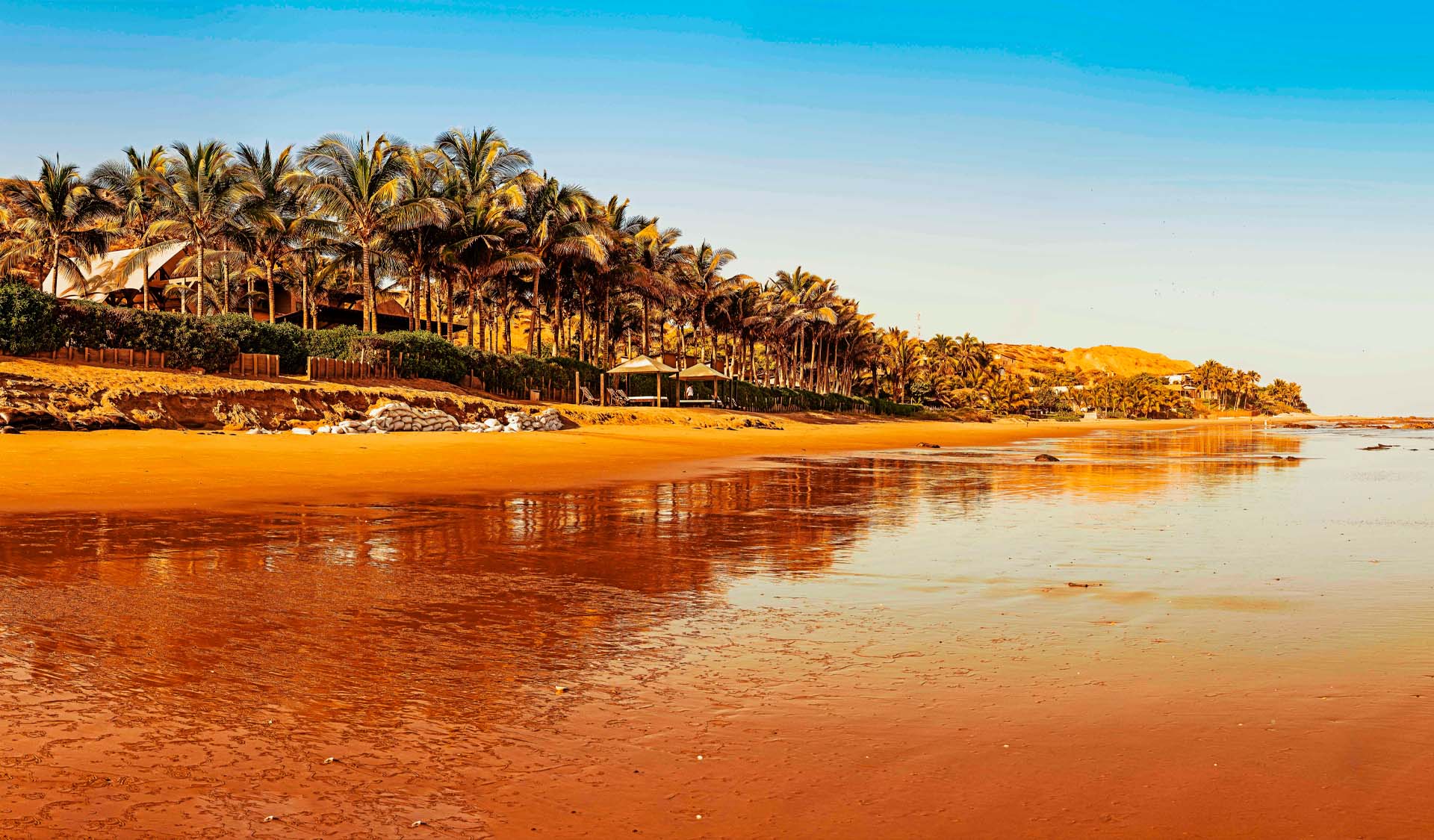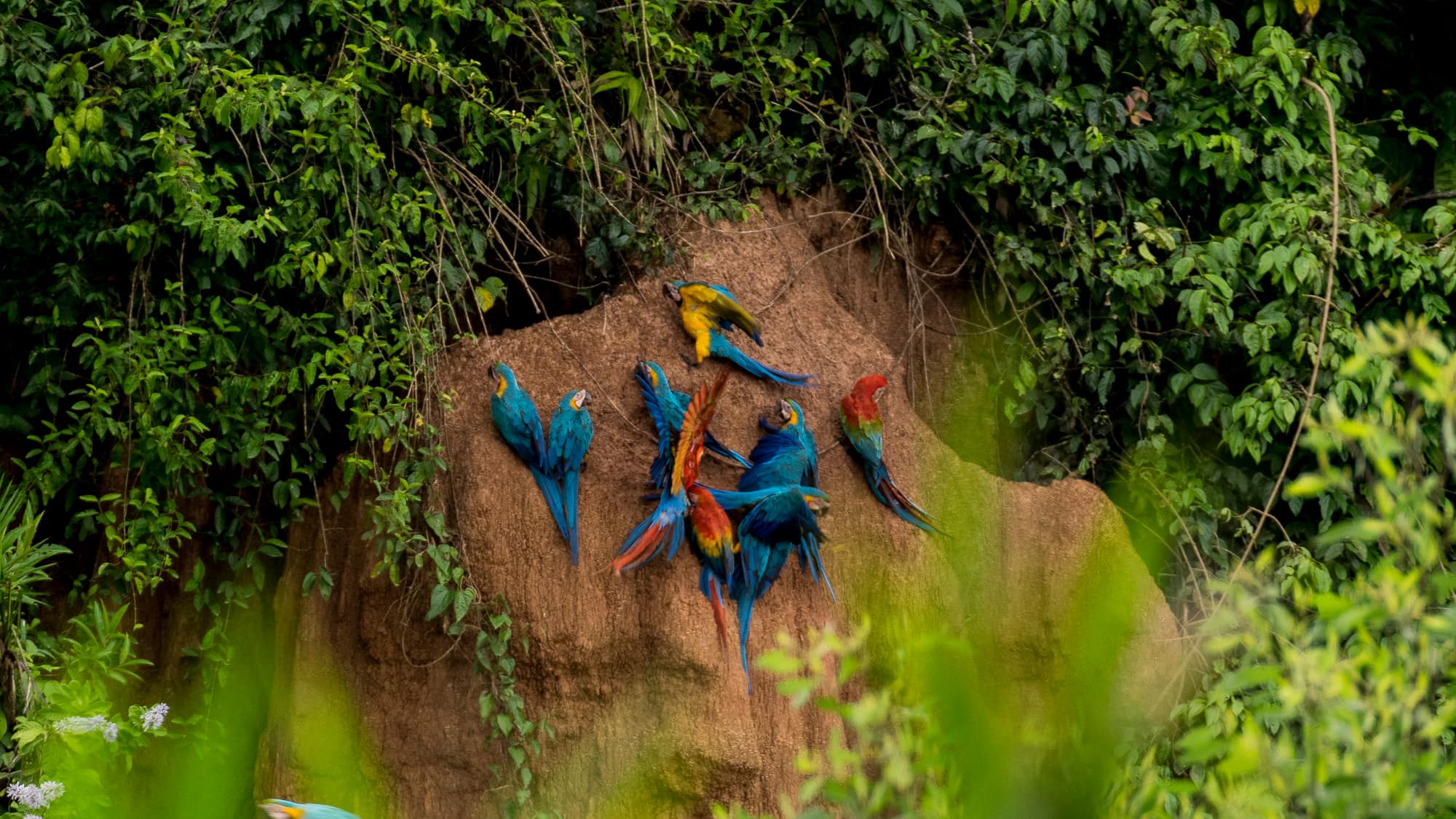Wiñay Wayna – Archaeological Site on the Inca Trail
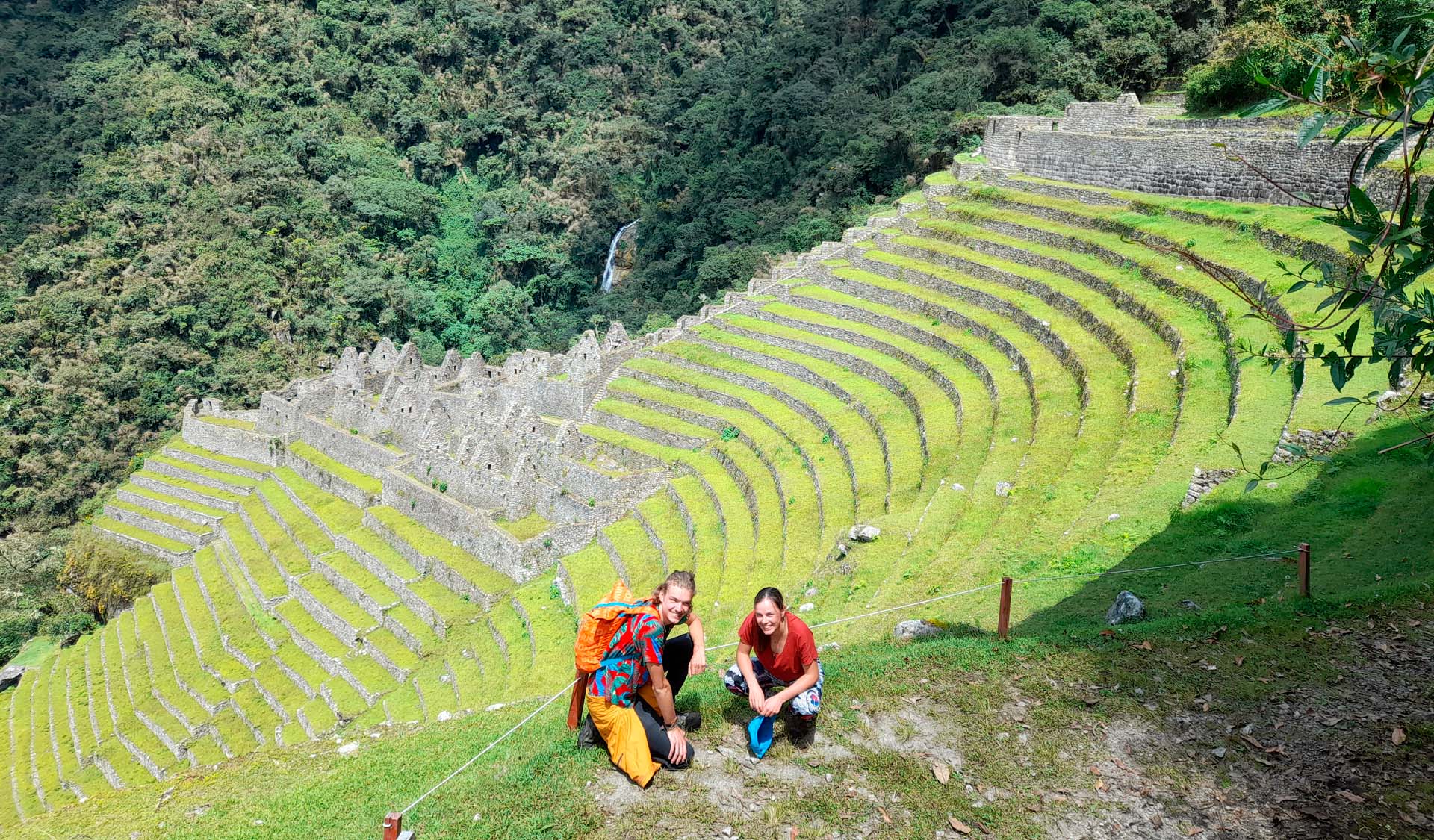
Wiñay Wayna is a well preserved Inca site that is perched on a hill slope, at 2 666m/ 8 747ft above sea level. Located about 5km/3 miles from Machu Picchu, along the Inca Trail. Paul Fejos rediscovered this ageless gem in 1942, which could explain why it´s in such an immaculate condition. Aptly named after an orange orchid Wiñay Wayna (Quechua word meaning “forever young”) that grows abundantly on the trail all year round.
It´s the last archeological site before reaching Machu Picchu. Surrounding the ruins, is lush jungle, a pristine waterfall and the last campsite for those doing the Classic Inca Trail. It´s a solid concrete structure, that surprisingly blends in perfectly with the vibrant flora around it.
Wiñay Wayna history
Pachacutec built Wiñay Wayna during his rein in the 15th-century, arguably the greatest emperor of the Inca Empire. Even though Hiram Bingham rediscovered Machu Picchu in 1911, it would take another 40 years before anyone came across Wiñay Winay. Peruvian archeologist Julio C. Tello who was doing extensive research into the site gave it its current name. As with most Inca sites, there is still a portion of the site that is covered by the dense jungle.
Wiñay Wayna Architecture
Architecturally it follows a similar style to other archeological sites like Machu Picchu and Chocoquequirao. There main structure comprises of two platforms separated by Inca farming terraces. Each platform has temples, religious rooms, ceremonial water baths and the 7-windows temple. In the center to connect everything is a steep staircase and water channel for irrigation purposes.
Wiñay Wayna use
There are many theories behind the use of this site, because there was no written history from the Incas, we can only theorize. However, after much research, anthropologists came to the conclusion that the Incas used this site as an administrative center with multiple functions. This is because, among other reasons, of its proximity to Machu Picchu and its general structure.
Firstly, the storehouses were used to store crops collected from the regions adjacent to Machu Picchu. These crops would then be redistributed evenly based on the needs of each community. The Incas cultivated crops like coca, potatoes, cassavas, corn and quinoa. This site also played an essential role in the sustenance of the elite that resided in the Sacred City of Machu Picchu.
Another important function was for their religious observation. The ceremonial baths were most likely used to perform certain rituals with water. Also, the 7-windows temple is a symbol of dedication to Cuychi (the Rainbow God). Because Machu Picchu was so sacred, stopping here to perform a cleansing ritual was of the outmost importance before entering the great Citadel of Machu Picchu.
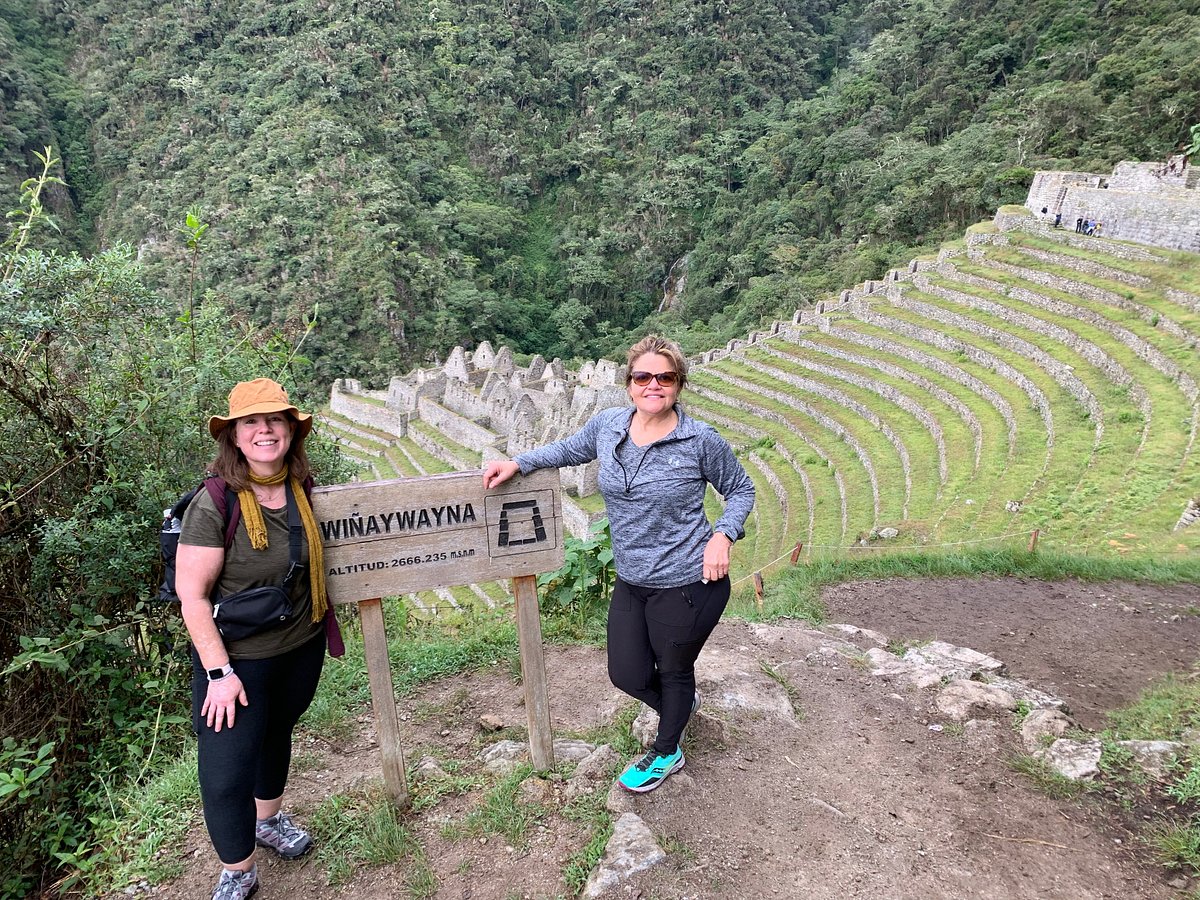
Getting to Wiñay Wayna?
The only way to visit this archaeological center is by doing the 4-day Inca Trail to Machu Picchu or the short 2 day Inca Trail to Machu Picchu.
Classic Inca Trail of 4 days: (From km 82 to Machu Picchu). If you opt for the Classic Inca Trail, you get to explore the ruins on Day 3 of the 4-day trek. On day 3, you trek through the cloud forest on your way to the archeological site of Intipata (2 897m/ 9 505ft). After, exploring this site, we continue to the last campsite of the trek, also named Wiñay Wayna. On arrival, most agencies stop here for lunch and set up camp for the night. Later, you can then take a short stroll to the Archeological site of Wiñay Wayna with your guide. Normally, you have most of the afternoon to leisurely explore the site.
Inca Trail of 1 or 2 days: (From km 104 to Machu Picchu). The Short Inca trail path goes directly through the ruins. The trail follows a 3-hour gradual incline. Once you arrive at the waterfall, the ruins are right in front of you, on the slope. The archeological site is actually visible almost from the first moment you get off the train. From afar, it just looks like a big brown spot. As you get closer, its grandeur and beauty becomes more apparent. The steep staircase takes on a slow exploration of the entire site.
The only way to visit this archaeological center is by doing the classic 4 day Inca Trail or the short 2 day Inca Trail to Machu Picchu.
Important fact: You can only partake on the 2 and 4 day Inca Trails with an authorized tour agency.
Click here for our blog on Top Rated Operators.
Differences Between the Classic Inca Trail and the Short Inca Trail
- The Classic Inca Trail is four days of hiking and 3 nights camping.
- The short Inca trail is only one day of hiking and a night at a hotel.
- On the 4 days classic Inca Trail you get to visit the Inca sites of Kanabamba, Patallaqta, Dead Woman’s Pass, Runkurakay, Phuyupatamarka, Intipata, Wiñay Wayna, Puerta del Sol, and, of course, Machu Picchu
- On the short 2-day Inca trail you can visit the attractions of Chachabamba, Wiñay Wayna, Puerta del Sol, and Machu Picchu.
- You visit the archaeological center of Wiñay Wayna on both hikes.
- The Classic Inca Trail is a longer, more challenging hike, but with more highlights.
- Difficulty level on the Classic Inca Trail is moderate to difficult
- The Short Inca Trail is only 1/3 of the Classic Inca Trail and perfect for people with little time.
- Difficulty level on the Short Inca Trail is moderate
As you can see, the Wiñay Wayna ruins are some of the best Inca ruins to enjoy during your trek of the majestic Inca Trail. In addition, both the Classic and Short Inca Trail has other ruins to enjoy, all with their own unique qualities.

Hotel Andenes del Inca
Comfortable lodging near the ruins of Ollantaytambo, in the Sacred Valley of the Incas.
Learn More